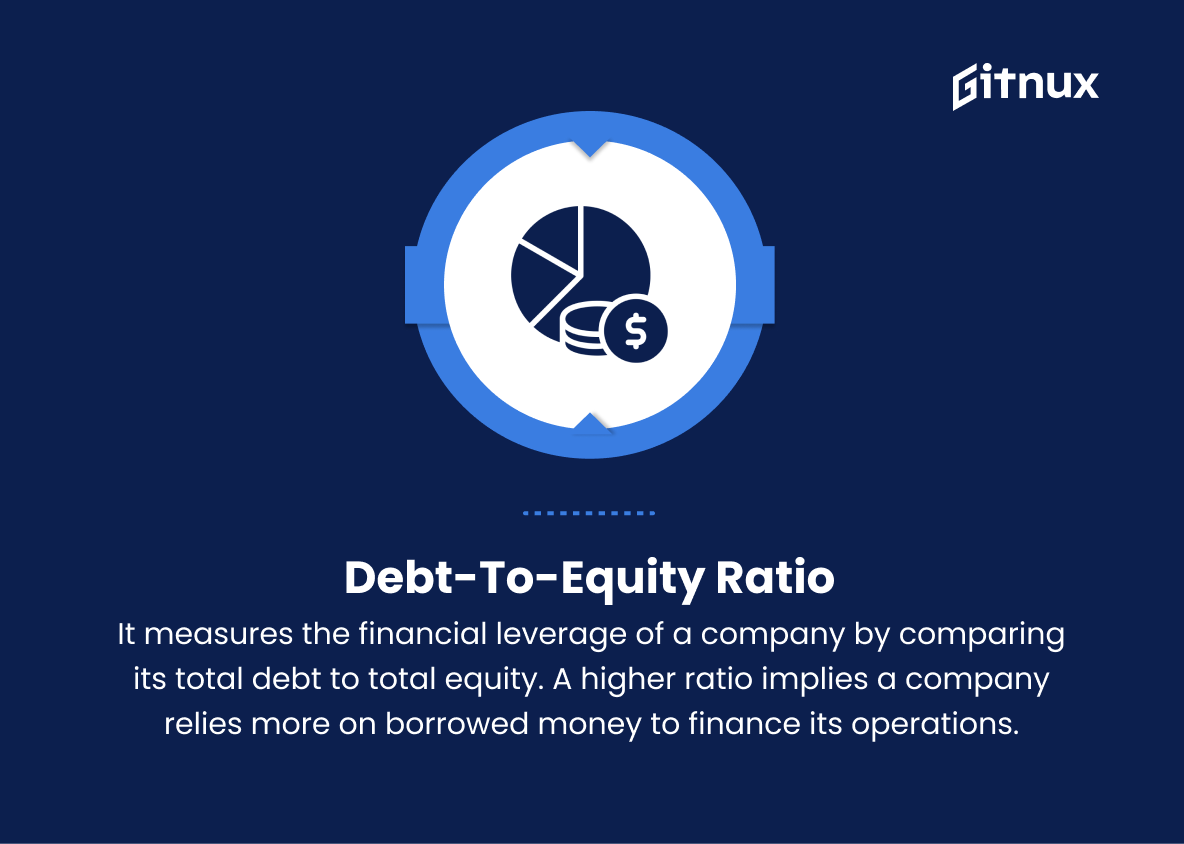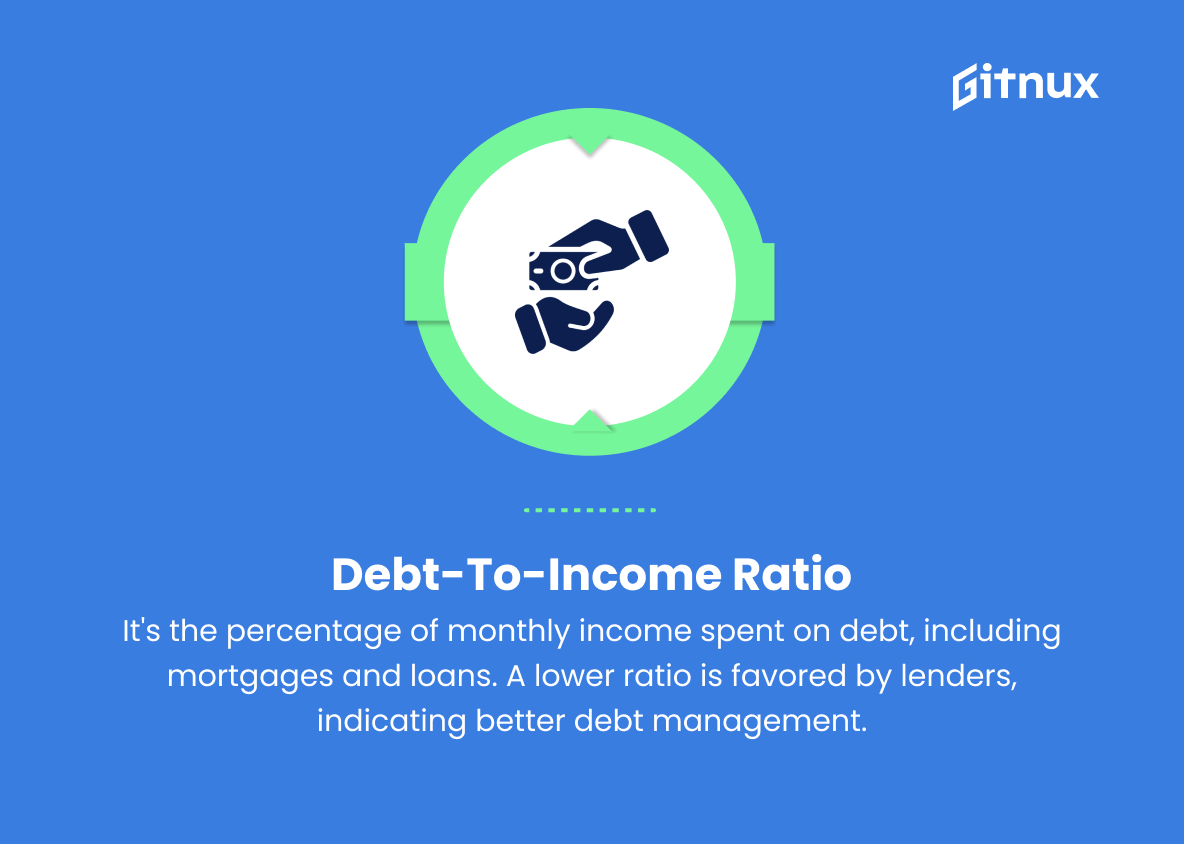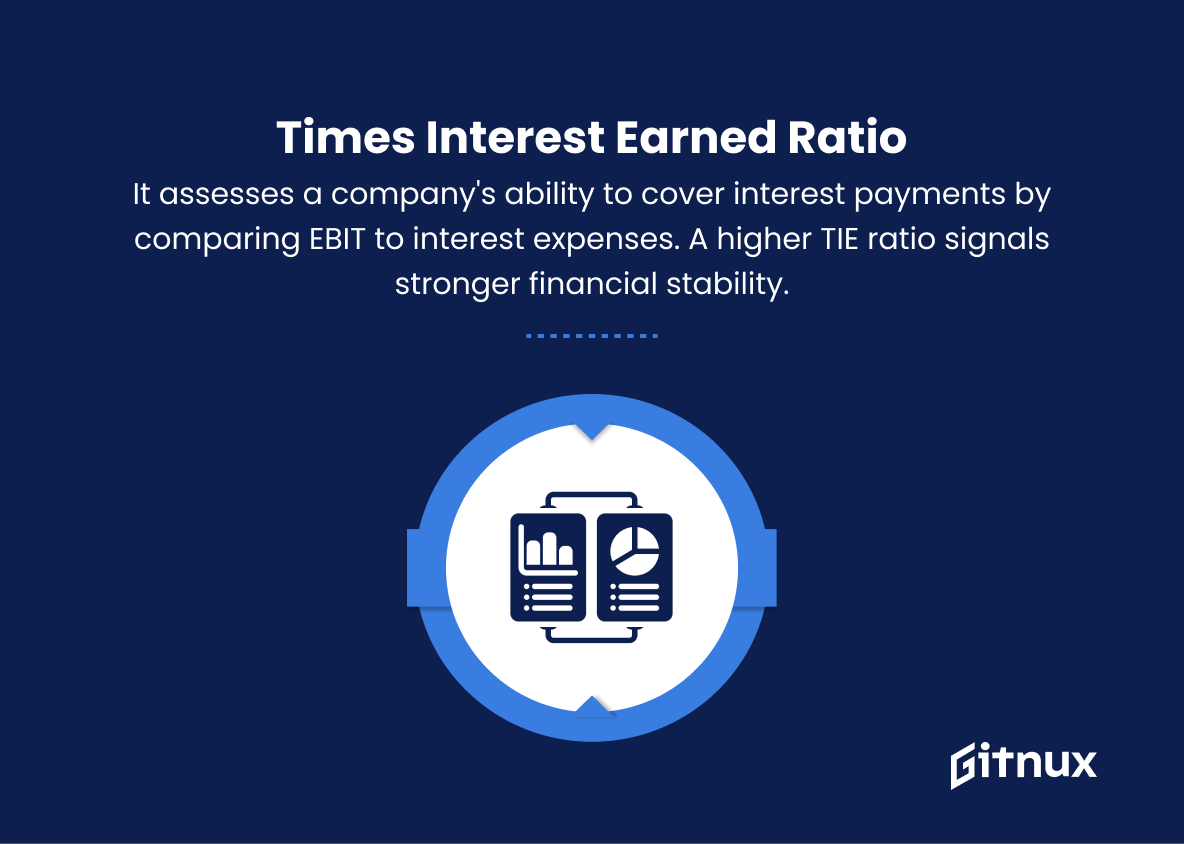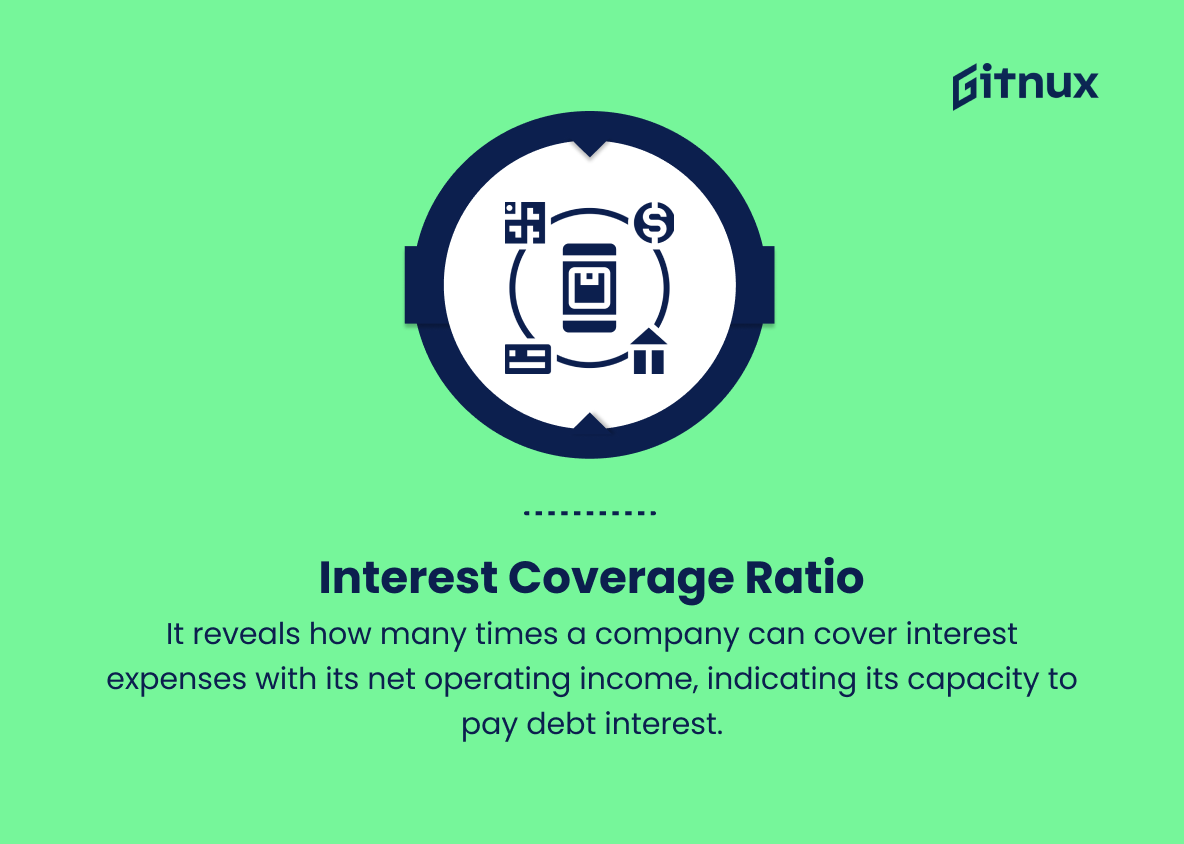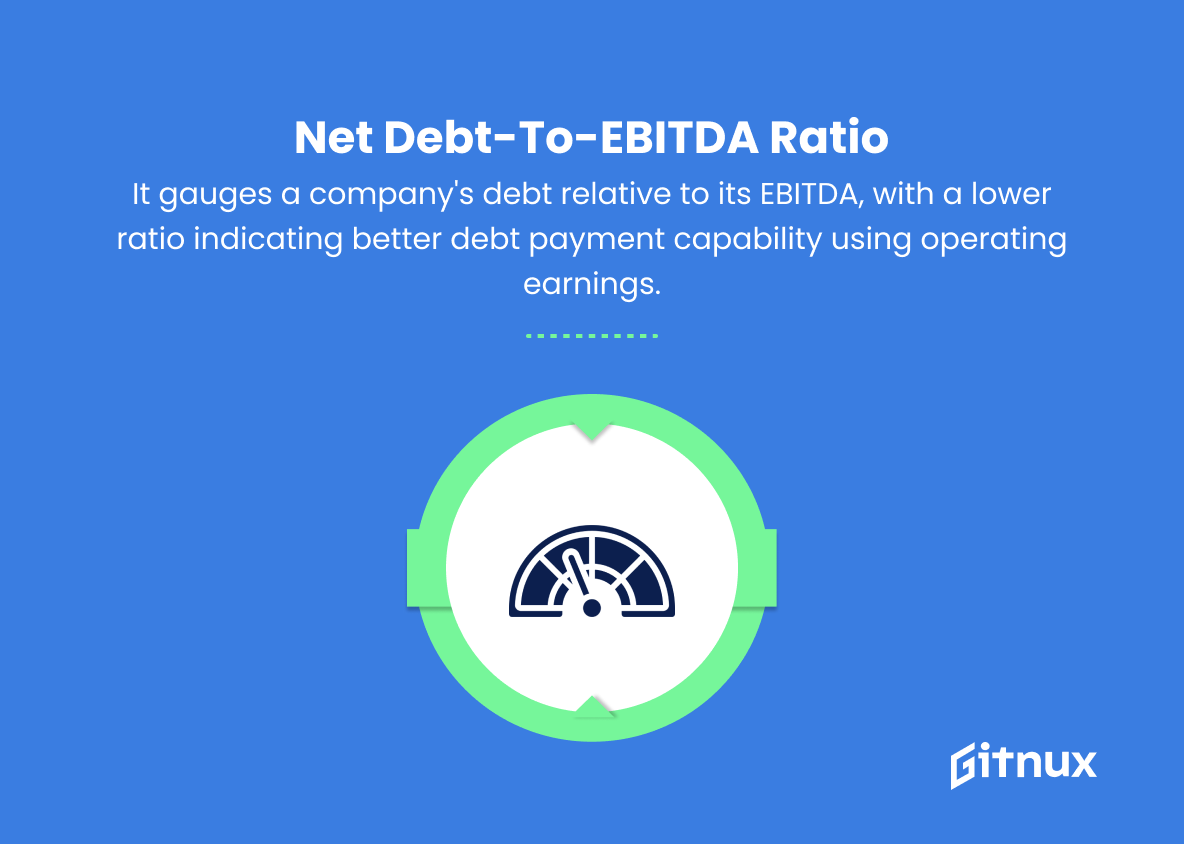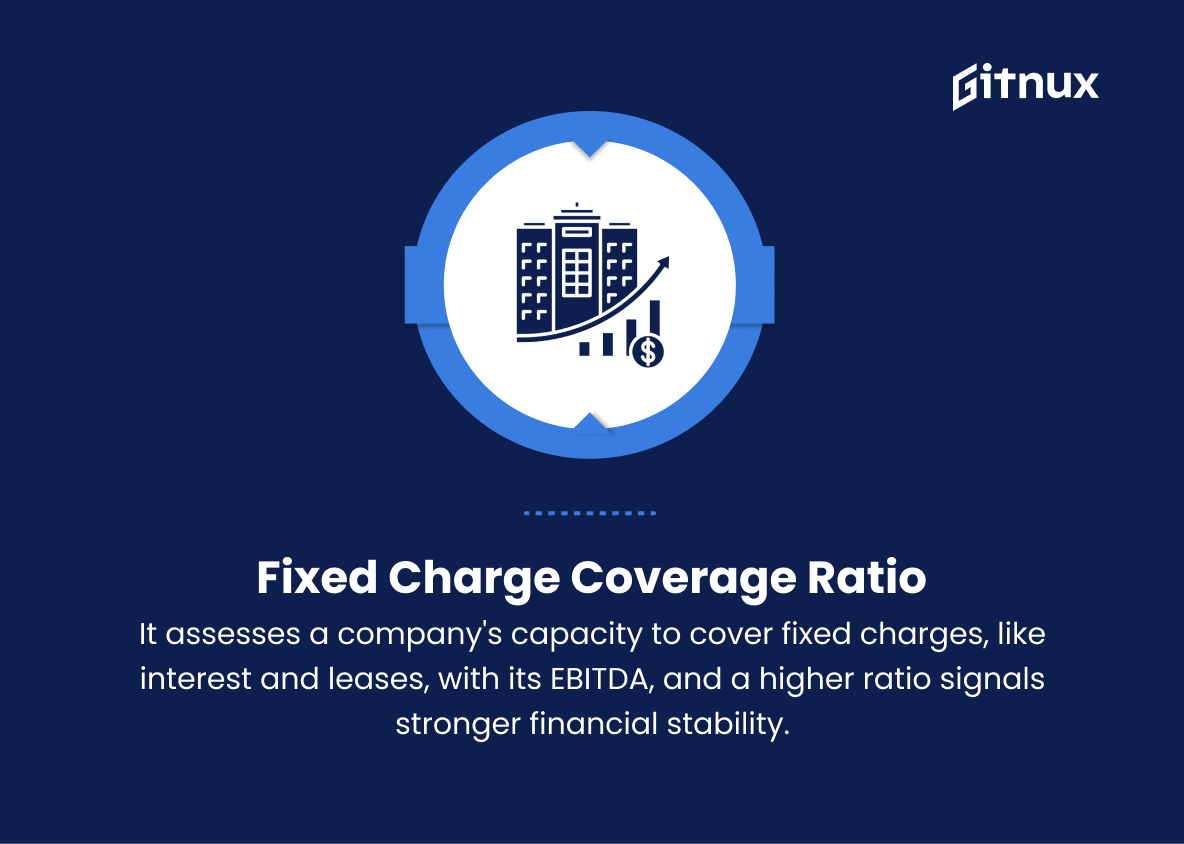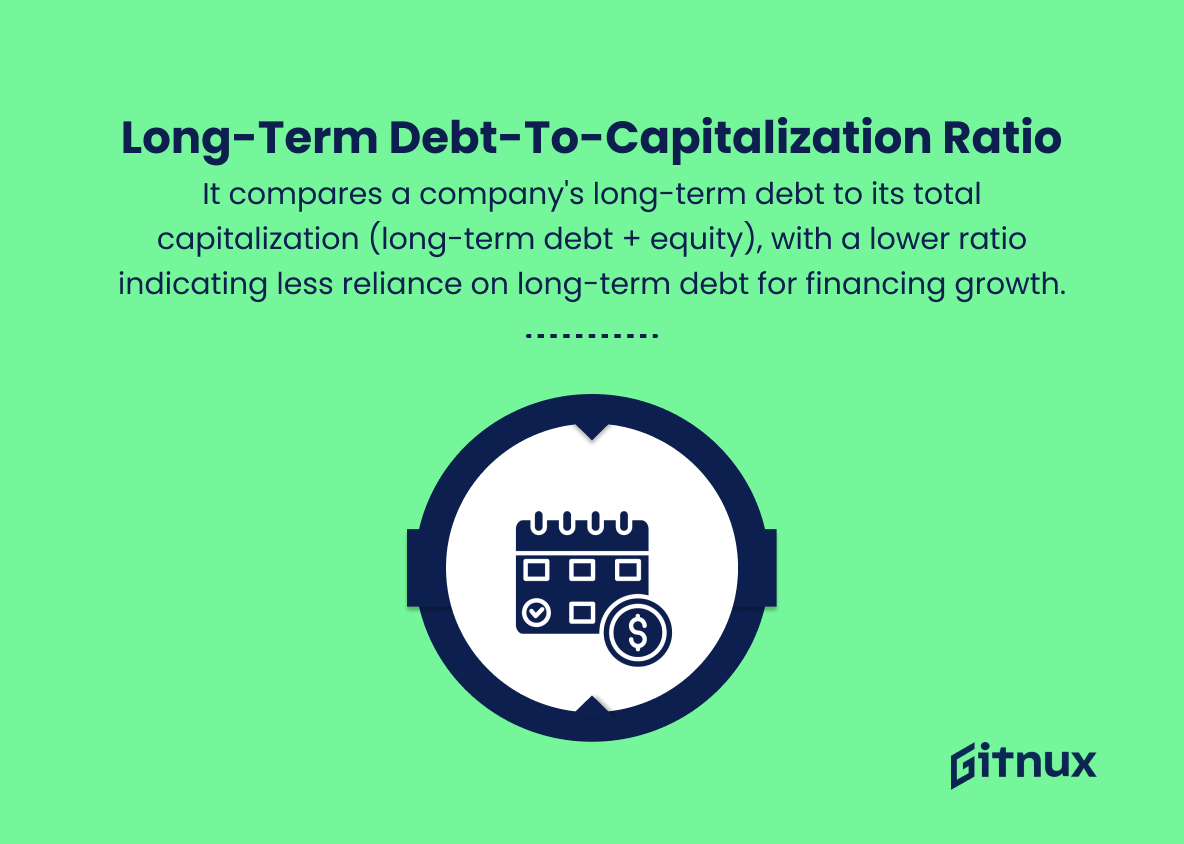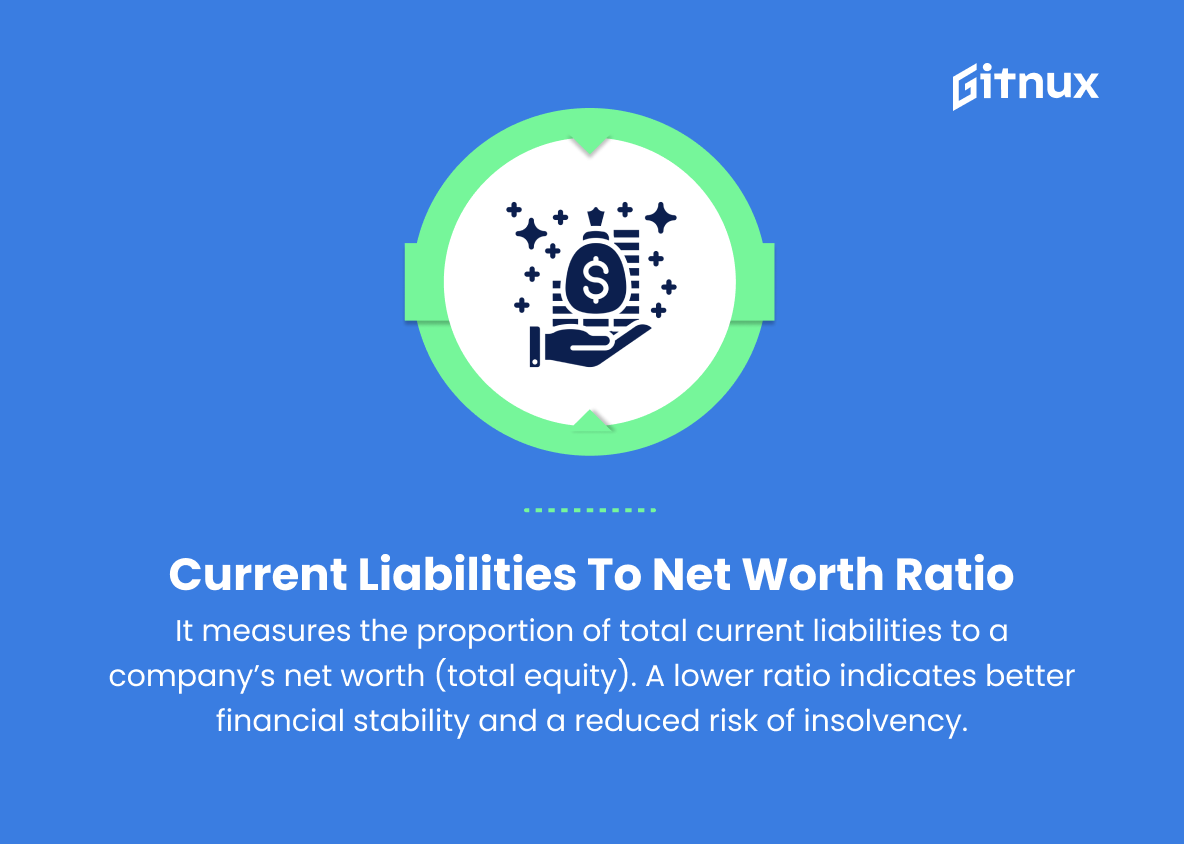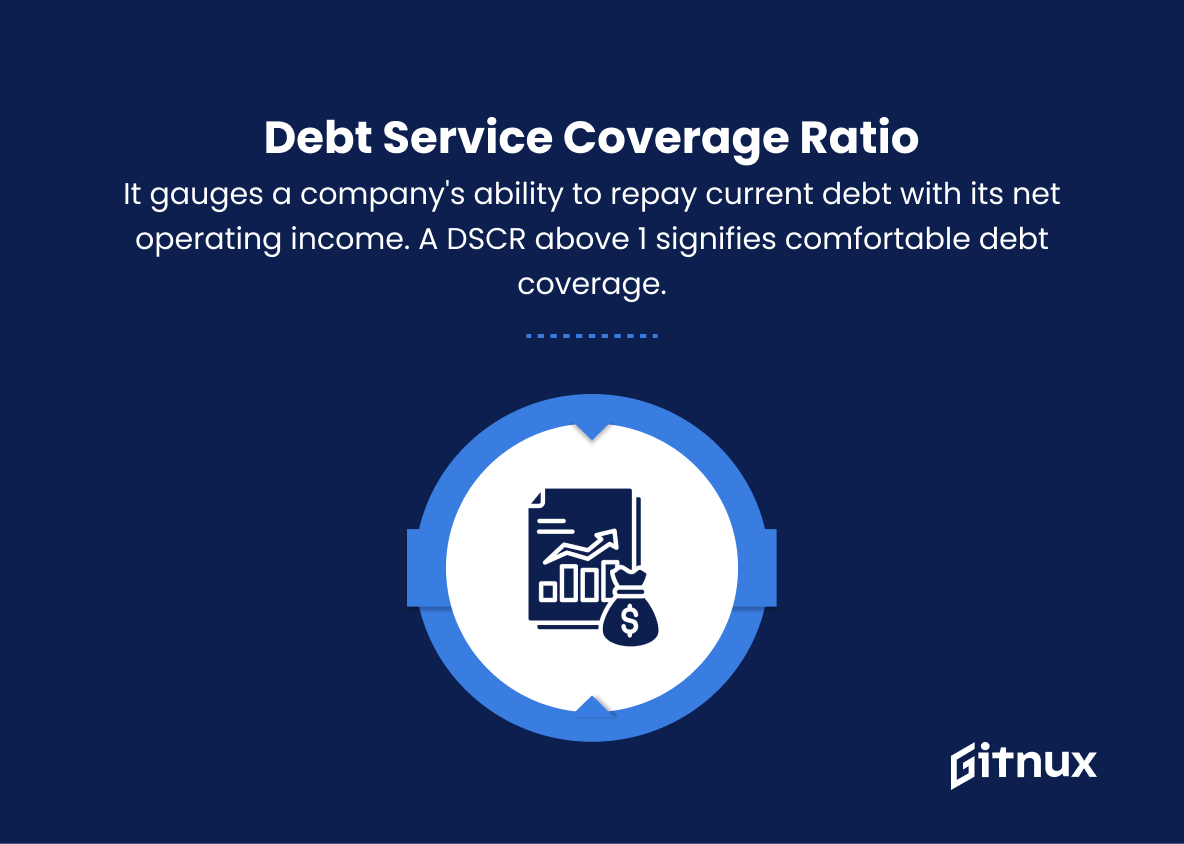In today’s increasingly complex financial landscape, understanding the true dynamics of debt has become a critical aspect of both personal and global economic stability. With financially literate individuals and organizations better equipped to make informed decisions, it is essential that we examine key indicators responsible for shaping our financial future.
In this thought-provoking blog post, we delve into the intricacies of debt metrics – quantitative measures that play a crucial role in assessing debt sustainability, evaluating risks, and identifying potential pitfalls. By providing a comprehensive analysis of these vital indicators, our aim is to shed light on the relevance and impact of debt metrics on households, businesses, and economies alike, inspiring a more responsible and informed approach to financial planning and strategizing.
Debt Metrics You Should Know
1. Debt-to-Equity Ratio
It measures the financial leverage of a company by comparing its total debt to total equity. A higher ratio implies a company relies more on borrowed money to finance its operations.
2. Debt Ratio
It is the proportion of total debt to total assets, indicating the percentage of a company’s assets funded by debt. The higher the ratio, the more leveraged the company is.
3. Debt-to-Income Ratio
It shows the percentage of a person’s gross monthly income that goes towards debt payments, including mortgages, credit cards, and loans. A lower ratio is preferred by lenders as it indicates a better capacity to manage debt.
4. Times Interest Earned Ratio (TIE)
It measures a company’s ability to meet its interest payments on outstanding debt by comparing its earnings before interest and taxes (EBIT) to its total interest expenses. A higher TIE ratio indicates better financial stability.
5. Interest Coverage Ratio
This ratio shows how many times a company can cover its interest expenses using its net operating income. A higher interest coverage ratio suggests better ability to pay interest on debt.
6. Net Debt-to-EBITDA Ratio
It provides an understanding of a company’s debt level concerning its earnings before interest, taxes, depreciation, and amortization (EBITDA). A lower ratio signifies a better ability to pay off debt using operating earnings.
7. Fixed Charge Coverage Ratio
It measures a company’s ability to cover its fixed charges, such as interest and lease payments, using its earnings before interest, taxes, depreciation, and amortization (EBITDA). A higher ratio indicates better financial stability.
8. Long-term Debt-to-Capitalization Ratio
This ratio compares a company’s long-term debt to its total capitalization (sum of long-term debt and equity). A lower ratio suggests the company has a lower reliance on long-term debts to finance its growth.
9. Current Liabilities to Net Worth Ratio
It measures the proportion of total current liabilities to a company’s net worth (total equity). A lower ratio indicates better financial stability and a reduced risk of insolvency.
10. Debt Service Coverage Ratio (DSCR)
It measures a company’s ability to repay its current debt obligations with its net operating income. A DSCR greater than 1 indicates the company can comfortably cover its existing debt payments.
These debt metrics can be used individually or in conjunction for evaluating a company’s financial health and credit risk.
Debt Metrics Explained
Debt metrics play a crucial role in evaluating a company’s financial health and credit risk. The debt-to-equity ratio measures the financial leverage by comparing total debt to total equity, while the debt ratio indicates the percentage of a company’s assets financed by debt.
The debt-to-income ratio demonstrates a person’s capacity to manage debt and times interest earned (TIE) ratio measures a company’s ability to meet interest payments. The interest coverage ratio and net debt-to-EBITDA ratio are important indicators of a company’s ability to pay interest and manage debt using operating earnings, respectively.
The fixed charge coverage ratio and long-term debt-to-capitalization ratio help gauge financial stability and reliance on long-term debts. Moreover, the current liabilities to net worth ratio assesses insolvency risk, and the debt service coverage ratio (DSCR) indicates the company’s capacity to cover its existing debt payments. Altogether, these debt metrics provide valuable insights for decision-making and understanding a company’s financial position.
Conclusion
In the final analysis, understanding debt metrics is crucial to effectively manage and ultimately overcome debt. By tracking essential indicators such as debt-to-income ratio, debt-to-assets ratio, and debt-to-equity ratio, individuals, businesses, and governments alike can make informed decisions regarding their financial future.
Monitoring these metrics not only empowers us to identify potential risks and threats but also facilitates the development of better repayment strategies to ensure financial health and stability. Being knowledgeable about debt metrics is the key to harnessing the double-edged sword of debt and using it to our advantage, rather than succumbing to the crippling consequences of unmanaged financial burdens.
